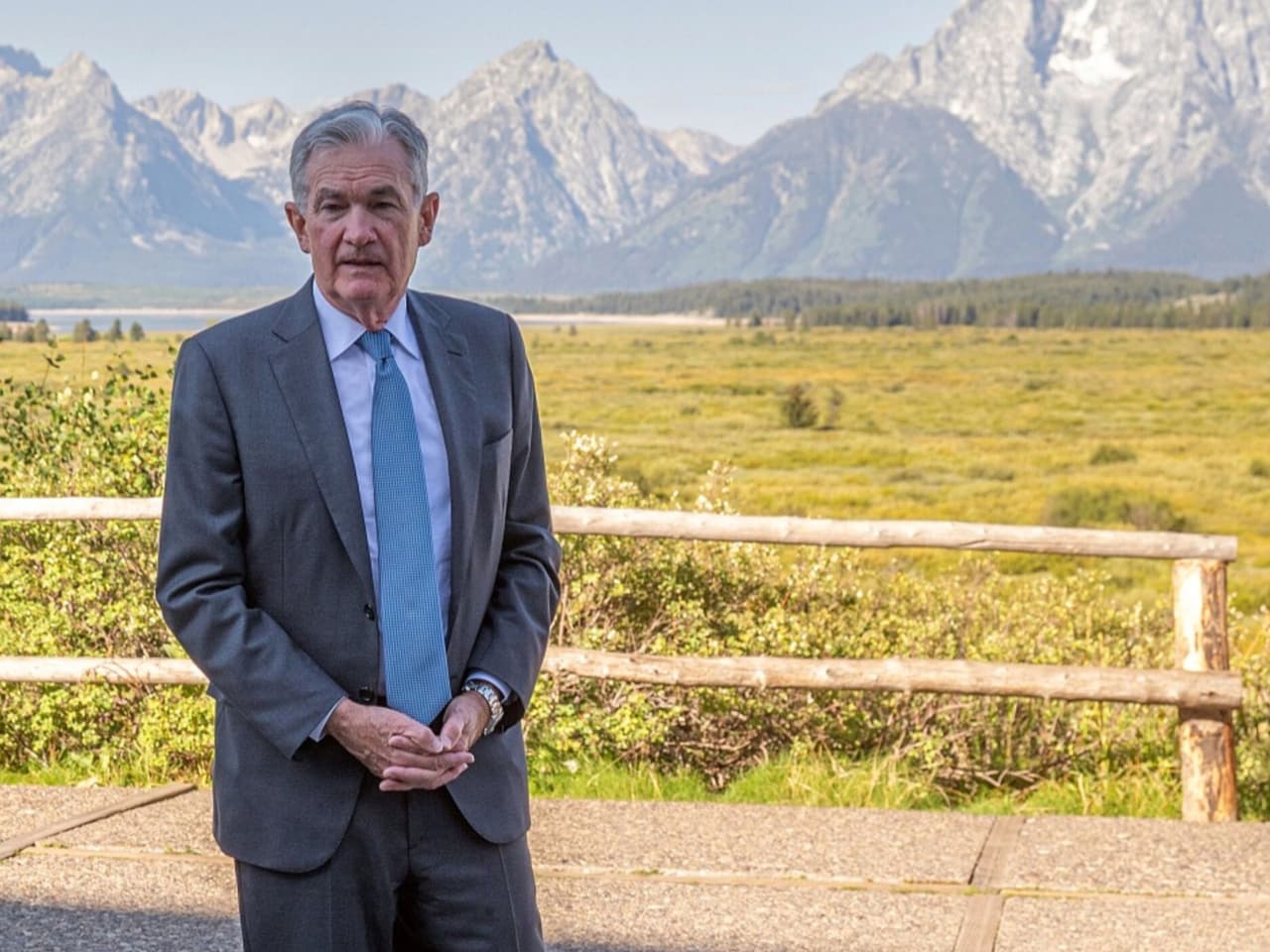Impact of Jerome Powell Speech at Jackson Hole
The Speech’s Core Message
At the Federal Reserve’s annual Jackson Hole Economic Policy Symposium, Chair Powell delivered a nuanced and closely watched address on August 22, 2025. He signaled a shift in policy stance, acknowledging both elevated inflation pressures—particularly from newly imposed tariffs—and a significant slowdown in job growth. This dual concern prompted a softening in tone: while not committing to immediate action, Powell suggested that the balance of risks is shifting, opening the door to potential interest rate cuts as early as the September Federal Open Market Committee (FOMC) meeting.
Simultaneously, he unveiled revisions to the Fed’s monetary policy framework. Key changes include the removal of language related to “shortfalls” from maximum employment, a return from the flexible average inflation targeting “make-up” strategy adopted in 2020, and reinforced commitment to ensuring well-anchored longer-term inflation expectations.
Immediate Market and Policy Impact
Financial Markets React Positively
Markets responded swiftly and decisively:
- Stocks surged. The Dow, S&P 500, and Nasdaq rallied immediately following the speech, with the Dow reaching record highs.
- Bond yields fell, and prices rose. The 2-year Treasury yield, for instance, dropped to its lowest level since August 13.
- The dollar weakened, reflecting market anticipation of easier monetary policy ahead.
Together, this indicates that investors interpreted Powell’s speech as a clear pivot toward “dovish” policy—a departure from recent tightening cycles.
Rate Cut Expectations Loom Larger
Prior to the address, markets anticipated rate cuts with moderate probability; afterward, the likelihood of a 25 basis-point cut in September climbed significantly—some estimates indicated probabilities rising into the 90% range. Forestalling outright commitment, Powell’s remarks nonetheless read as an invitation for easing monetary policy if upcoming data justify it.
Broader Economic Implications
Balancing Inflation and Employment
Powell articulated a delicate balancing act: tariffs are now feeding into elevated consumer prices, especially in goods, leading to core inflation estimates touching 2.9%, above the Fed’s 2% target. Meanwhile, labor market indicators are weakening. Payroll growth slowed drastically—averaging only ~35,000 new jobs per month in recent months versus ~168,000 in 2024—and unemployment stands at a relatively low 4.2%, with labor force growth slowing sharply due to immigration constraints.
Powell emphasized that the policy rate remains in restrictive territory, and that the risk landscape now leans toward weak employment rather than entrenched inflation. This shift justifies proceeding with greater caution and openness to policy adjustment, conditional on data trends.
Institutional Credibility, Governance, and Framework Review
By updating the Fed’s longer-term policy framework, Powell reinforced institutional credibility, transparency, and adaptability. Discarding parts of the 2020 framework—especially the “make-up” strategy and “shortfalls” language—reasserts the Fed’s flexibility in responding to structural changes, not just pre-defined rules. This is particularly important amid political pressure, notably from President Trump, who has criticized the Fed and threatened board members. Powell’s refusal to be pulled into political drama underscores the Fed’s commitment to independence.
Stakeholder-Specific Effects
Investors and Financial Markets
- Equity investors cheered the prospect of lower interest rates, driving markets upward.
- Bond investors benefited from falling yields and a steeper yield curve, boosting long-term instruments.
- International markets also responded favorably, with Asian and European equities gaining ahead of the trading week’s start.
Retirees and Fixed-Income Reliant Individuals
On the flip side, rate cuts mean lower yields on savings, CDs, and fixed income, particularly troubling for retirees. Higher inflation and an increasingly politicized Fed further erode confidence. For these stakeholders, the speech signals a more challenging financial environment ahead.
Policymakers and Analysts
Economists and analysts broadly interpreted the speech as marking a policy inflection point from inflation-fighting to employment-protective stance. Some foresee one or more rate cuts by end-2025. Yet, many caution that incoming inflation or employment data could change the trajectory swiftly. Concerns persist about tariff-driven inflation and potentially distorted inflation reporting under a restructured BLS.
Summary Analysis
Powell’s Jackson Hole speech stands out as a major pivot in the Fed’s tone and strategic posture:
- Policy Tone Shift: From resilient anti-inflation focus toward willingness to ease policy amid weakening jobs data and persistent—but not accelerating—inflation.
- Market Impact: Bullish surge in stocks, bond rallies, and strengthened rate-cut anticipations.
- Framework Evolution: Commitment to updated monetary policy strategy reflects adaptability, clarity, and a move away from rigid rules.
- Broader Implications: While markets cheered, rate-sensitive households, particularly retirees, brace for tougher times. Policymakers now navigate a Fed caught between inflation threats and employment vulnerabilities, under political scrutiny.
Conclusion
Powell’s August 22 Jackson Hole speech marked a watershed: signaling cautious openness to rate cuts, realignment of priorities amid a “challenging” risk landscape, and institutional evolution via framework updates. The immediate market reaction was emphatically positive—stocks and bonds rallied, and rate-cut expectations soared. Yet, the deeper story speaks to the Fed grappling with how best to navigate between inflation control, labor market fragility, and political headwinds, all while preserving credibility and flexibility in its policy framework.


Need top tech talent fast? Partner with a leading technical recruitment agency in Pakistan for expert hiring solutions. HRBS connects businesses with qualified engineers, developers, and IT professionals—helping you save time, reduce hiring costs, and build high-performing technical teams.